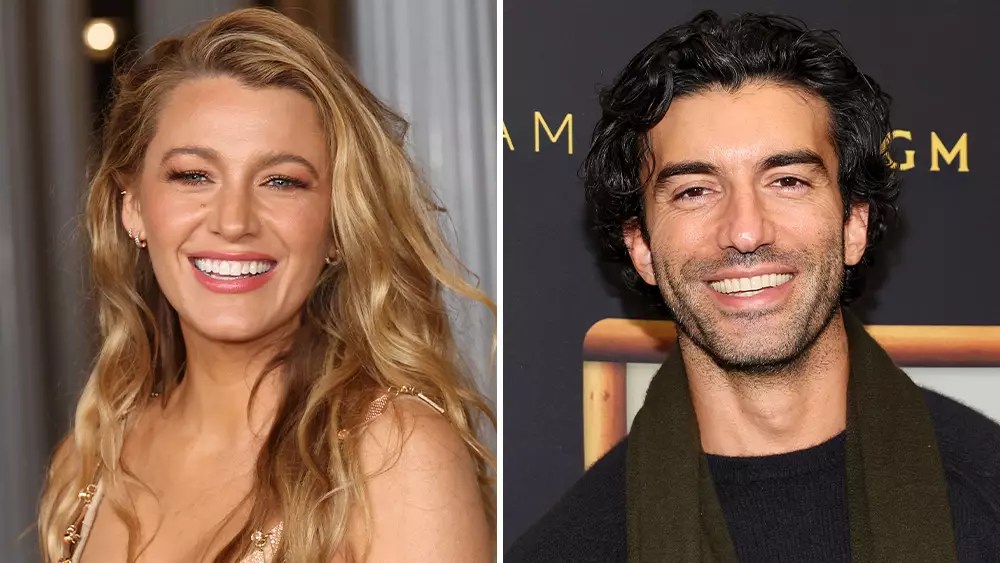The entertainment industry has always been a tumultuous world of glamour, creativity, and, unfortunately, controversy. The recent legal battle between actress Blake Lively and her co-star and director Justin Baldoni is a stark reminder of how personal and professional lines can blur in Hollywood. With Lively’s recent allegations of sexual harassment and retaliation, the spotlight not only falls on the individuals involved but also on the systemic issues that have long permeated the industry.
On December 20, 2024, Blake Lively initiated a significant legal step by filing a complaint against Justin Baldoni and his team, alleging a coordinated campaign of harassment and intimidation. These allegations materialized against the backdrop of anxiety often associated with high-pressure film productions, especially those dealing with sensitive topics, such as domestic abuse. The situation escalated when Lively found herself uncomfortably ensconced in a toxic work environment. In her assertion, Lively underscores the severity of the situation, admiringly stating that these allegations “were intended to silence her and others from speaking out about the hostile environment.”
Her complaint suggests that it was meticulously orchestrated retaliation that aimed to disregard the voices of those who sought a safe workplace. Lawsuits like Lively’s call attention not only to the urgency for accountability but also to the systemic failures that have historically remained hidden behind the glitz of Hollywood fame.
Lively’s lawsuit claims various infractions of both state and federal laws intended to protect employees from harassment and discrimination. At the heart of this legal matter lies the accusation that the defendants—Baldoni, his studio, and several others—sought to undermine Lively’s credibility and tarnish her reputation as a form of retaliation for her speaking out about the challenges she faced on set. The legal ramifications of this, if proven true, could have significant implications for how studios manage workplace culture and employee grievances in the future.
Moreover, the case sheds light on a broader issue: the dynamics of power between established figures in the industry and aspiring artists or professionals who may not have the same clout to defend themselves. When powerful entities retaliate against individuals who highlight toxic practices, it not only raises questions about legality but also moral responsibility. The timeless struggle of whistleblowers against powerful systems finds renewed resonance in Lively’s claims.
Interestingly, this lawsuit also throws a wrench into the machinations of Hollywood’s public relations strategies. Following the filing of her lawsuit, Baldoni’s team responded with a formidable $250 million lawsuit against The New York Times. This crossfire indicates an escalating legal and reputational battle that goes beyond mere accusations; it becomes a fight for public perception and narrative control. In their attempt to refute allegations of a smear campaign against Lively, Baldoni’s PR representatives pivoted to assertions regarding their internal communications, revealing an unfiltered glimpse into the often murky world of celebrity PR.
This tactic of using the legal system not only as a tool for defense but also as an offensive strategy is symptomatic of a larger trend in Hollywood; when faced with public scrutiny, the playbook often includes counter-suits to shift the focus away from the original allegations.
The repercussions of Lively’s legal battle extend far beyond her situation; they reflect the systemic issues existing within the industry regarding how allegations of harassment are treated. For too long, accountability has been skirted by those in power. This trespass against Lively might serve as a wake-up call, encouraging a culture where transparency, respect, and safety are prioritized over reputational protection.
Open dialogues about workplace culture, especially within industries known for their cut-throat nature, are vital. Lively’s lawsuit invites reflection on significant cultural shifts, emphasizing the need for organizations to implement robust measures for reporting and addressing harassment. Awareness campaigns and employee training can’t simply be boxes to check; they must be ingrained into the fabric of every organization within the entertainment industry.
Lively’s ongoing legal challenges are more than mere entertainment fodder; they are a vital call for change in Hollywood. As she seeks justice for herself and potentially for others affected, the industry must grapple with its failings. The lessons learned from this case may very well become a benchmark for how power dynamics are understood and navigated. The intention should be to foster environments where creativity and respect coexist rather than conflict and intimidation. As the wheels of justice turn, all eyes will remain fixated on the unfolding narrative and its implications for a brighter, more equitable industry.


Leave a Reply